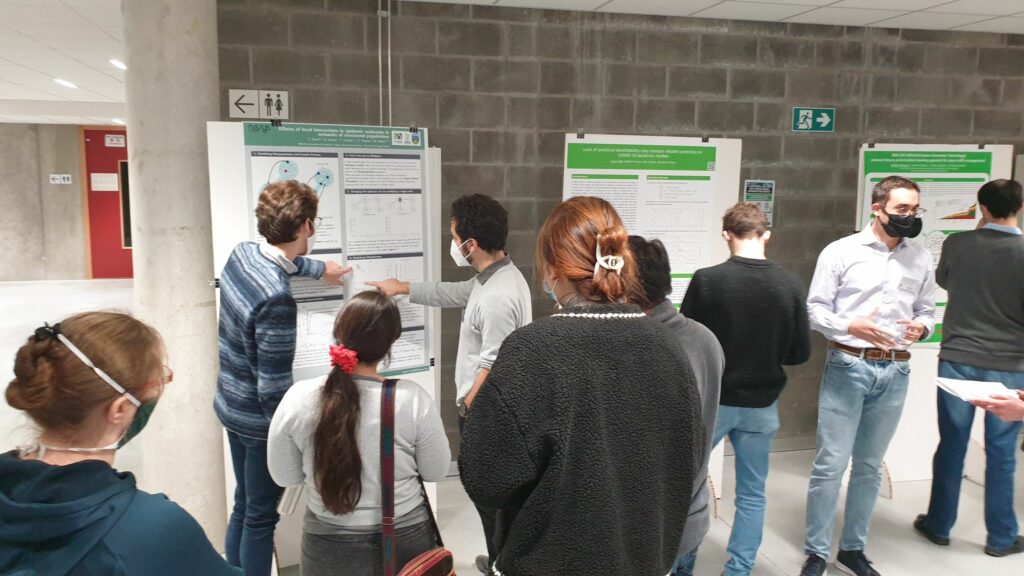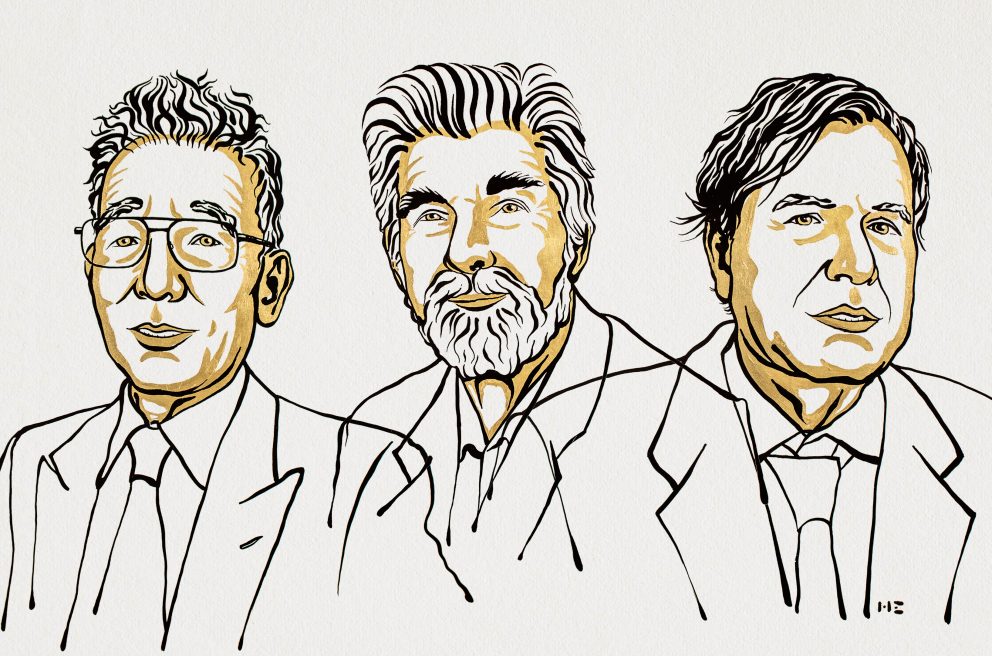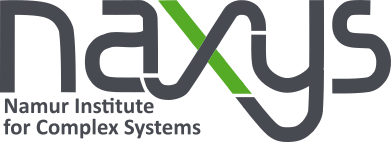naXys Newsletter – November 2021

UPCOMING SEMINARS
- Using degree distribution of ecological networks to predict their responses to random and targeted species removals, Camille Carpentier (UNamur), December 2, 13:00 – 14:00, hybrid mode.
- Deconvolution estimation on hypersphere, Jeong Min Jeon (KU Leuven & UNamur), December 16, 13:00 – 14:00, via Teams.
Abstracts can be found on our website: https://www.naxys.be/events/
NEXT ACTIVITIES SUPPORTED BY NAXYS
- naXys Research Day, December 17, more information soon
- Women and Girls in Science @UNamur, 2nd edition, February 11, 2022, UNamur. More information
NEWS
SUCCESFULL BENET21

The 10th edition of the Belgian Network Research Meeting (BENet) was held on November 18th in UNamur, organized by naXys members Riccardo Muolo, Jérôme Daquin (University of New South Wales in Canberra) and Timoteo Carletti, and supported by naXys and the mathematics department. The goal of this interdisciplinary one-day workshop was to strengthen the collaboration between researchers of Belgian universities working in the field of networks.
Three renowned keynote speakers took part to the exciting scientific program. Ginestra Bianconi (Queen Mary University of London, UK) and Alice C. Schwarze (University of Washington, USA) contributed to the conference with online talks, while Michael Schaub (RWTH Aachen University, Germany) honoured the workshop with his visit and exciting presentation. Researchers from different Belgian universities and worldwide also brought their expertise in very diverse disciplines to ensure the success of the meeting.
ARTIFICIAL INTELLIGENCE AND ART ON RTBF

on October 30th, naXys members Timoteo Carletti and Elio Tuci were the guests of the RTBF radio program “Les Eclaireurs” alongside Marie du Chastel (curator of the @KIKK Festival) and Arnaud Eeckhout (artist from the VOID collective). They presented their ongoing project “Synthetic choir”, where robots combine artificial intelligence and art. The project funded by naXys aims at designing and building 20 autonomous robots that randomly move in an enclosed arena.
They are made of a 3D printed chassis that hosts the batteries, the electronic and mechanical parts, and a 3D printed anthropomorphic head, and were designed and built by the naXys post-doctoral researcher Muhanad Alkilabi. The robots can avoid obstacles using ultrasonic sensors and communicate with each other using a mechanism based on infrared signals. The robots that by chance get closer to each other, stop and start emitting a sound, prerecorded by the artists. The continuous random interactions between the 20 robots will generate a self-organized sound and visual experience that will be exhibited in different national and international installations. To learn more about this exciting art/science collaborative project, listen to the podcast on Auvio.
JOBS @naXys
- A postdoctoral research position is available in naXys Research Institute and the Faculty of Computer Science, on the analysis and design of collective behavior for robotics swarms using hypergraphs theory. The project will be conducted by Elio Tuci (UNamur), Timoteo Carletti (UNamur), and Andreagiovanni Reina (IRIDIA, ULB). More information
- A postdoctoral research position is available in naXys Research Institute and the Department of Mathematics, on infinite-dimensional control systems and operator-theoretic methods. The research project supervised by Alexandre Mauroy (UNamur) will develop a theoretical framework that supports the infinite-dimensional Koopman operator approach to nonlinear control theory. More information
RECENT NAXYS PUBLICATIONS
- Flexible integrated functional depths, Van Bever, G., Ilmonen, P., Nagy, S., Helander, S. & Viitasaari, L., 2021, In: Bernoulli: a journal of mathematical statistics and probability. 27, 1, p. 673-701 28 p.
- Finite propagation enhances Turing patterns in reaction-diffusion networked systems, Carletti, T. & Muolo, R., 26 Oct 2021, In: Journal of Physics: Complexity. 2
- High-Order Evaluation Complexity for Convexly-Constrained Optimization with Non-Lipschitzian Group Sparsity Terms, Chen, X. & Toint, P., 2021, In: Mathematical Programming. 187, 1-2, p. 47-78 32 p.
- Leveraging of SARS-CoV-2 PCR cycle thresholds values to forecast COVID-19 trends, Yin, N., Dellicour, S., Daubie, V., Franco, N., Wautier, M., Faes, C., Van Cauteren, D., Nymark, L., Hens, N., Gilbert, M., Hallin, M. & Vandenberg, O., 2021, In: Frontiers in Medicine. 8, 743988
- Model-based Strategies of Drug Dosing for Pharmacokinetic Systems, Themans, P., Musuamba, F. T. S. & Winkin, J.,2021, In: IFAC-PapersOnLine. 53, 2, p. 16061-16068 8 p.
MISCELLANEOUS
COMPLEX SYSTEMS & NOBEL PRIZE

The Nobel Prize in Physics 2021 was awarded “for groundbreaking contributions to our understanding of complex systems” with one half jointly to Syukuro Manabe and Klaus Hasselmann “for the physical modelling of Earth’s climate, quantifying variability and reliably predicting global warming” and the other half to Giorgio Parisi “for the discovery of the interplay of disorder and fluctuations in physical systems from atomic to planetary scales.” Source
Want to add information in the next newsletter?
Please send it to naxys@unamur.be

